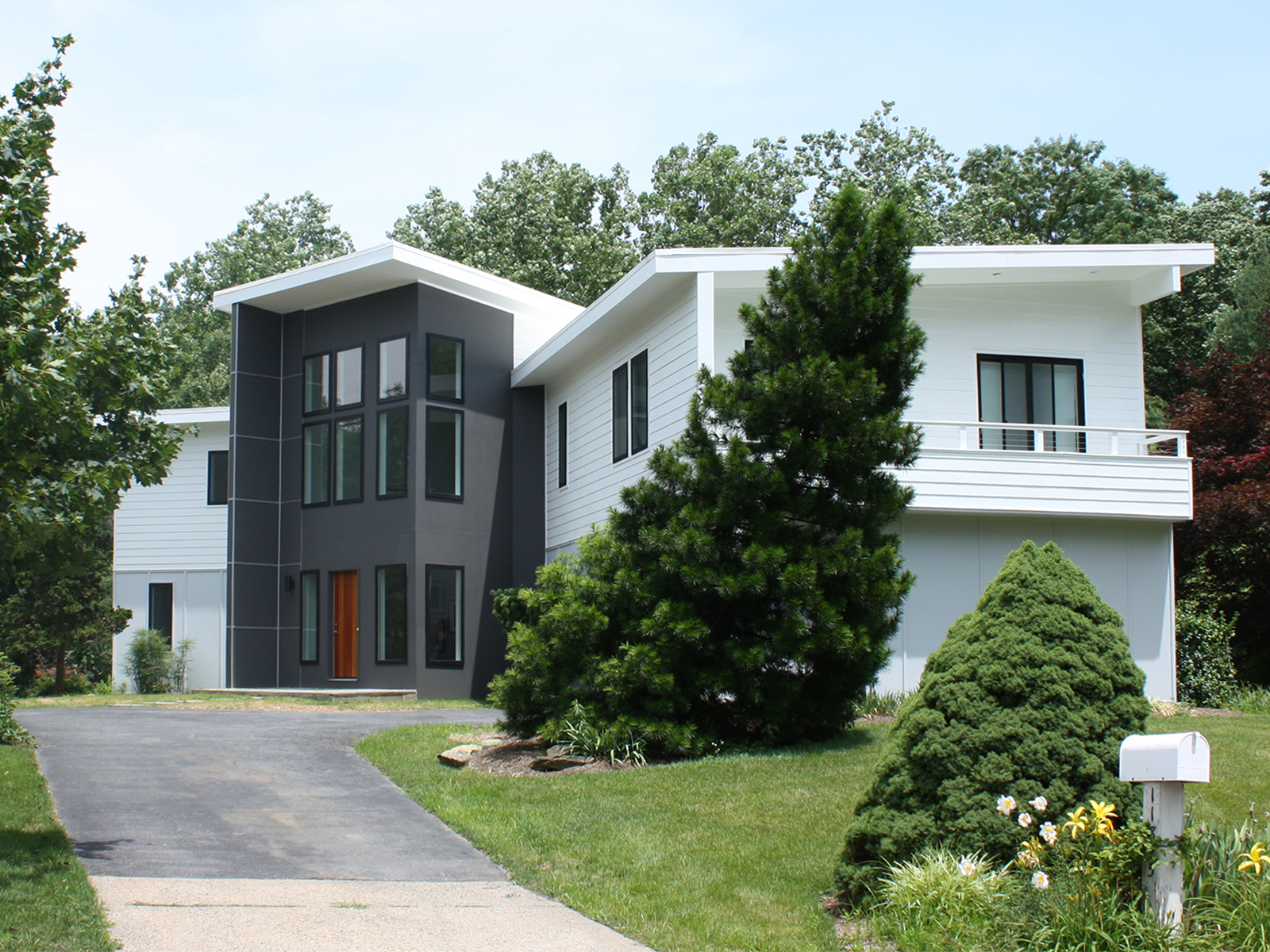Part 1: Be Proactive
Part 2: Begin With an End in Mind
Part 3: First Things First
Habit 4: Think Win Win
This is a Habit that is best thought of in how to approach the context of the team you will need to assemble in order to complete your home renovation project.
It is easy to have a cynical view of the remodeling experience when you hear some of the stories of change orders, cost overruns, and endless delays.
Many of these stories have merit, and you should always be an educated consumer and a wary buyer, but always keep in mind that you and your team NEED each other.
Owner - Architect - Client Relationship
The triangle is often given credit for being the strongest shape in geometry. By their very nature triangles imply strength through balance. In the case of your remodeling project, the three points of the triangle are the Owner (you) the architect (the planner) and the General Contractor (the plan executor)
THE OWNER: At the start of the process you have NEEDS and a BUDGET.
THE ARCHITECT: The architect has ideas about how to satisfy those needs and the ability to clearly delineate a PLAN on how to achieve them within the BUDGET.
THE GENERAL CONTRACTOR: The General contractor has CONSTRUCTION SKILLS and RELATIONSHIPS that are then leveraged to carry out the plan by procuring and assembling materials.
Think of it as an equation, and remember an equation always needs to be balanced
O+A+G=S where
(Owner - Needs/Budget) + (Architect - Plan) + (General Contractor - SKILLS/MATERIALS ) = successful renovation project
This is really just an exercise in balance. The architect is selling you time and the general contractor is selling you both time and stuff. You are setting out on a project that has some level of ambiguity, but all of you Owner, architect, and general contractor are setting out on this together, and it can only be successful if all parties get what they want. That is why a good plan is tantamount, and why all parties need to understand each other at the outset.
This leads to Habit 5 “Seek First to Understand, then be Understood” which we will get to in the next blog.


